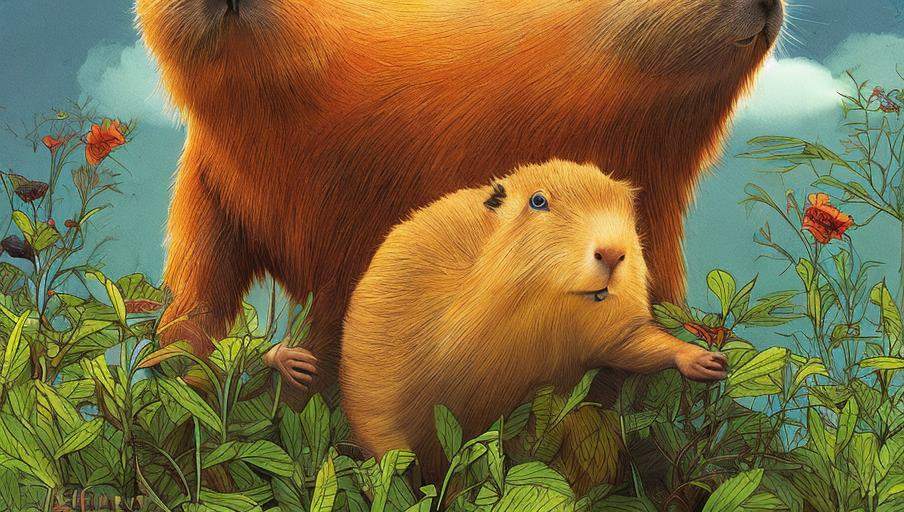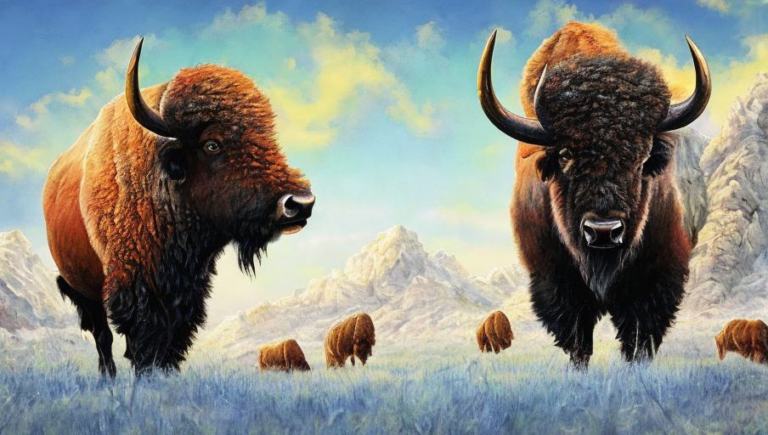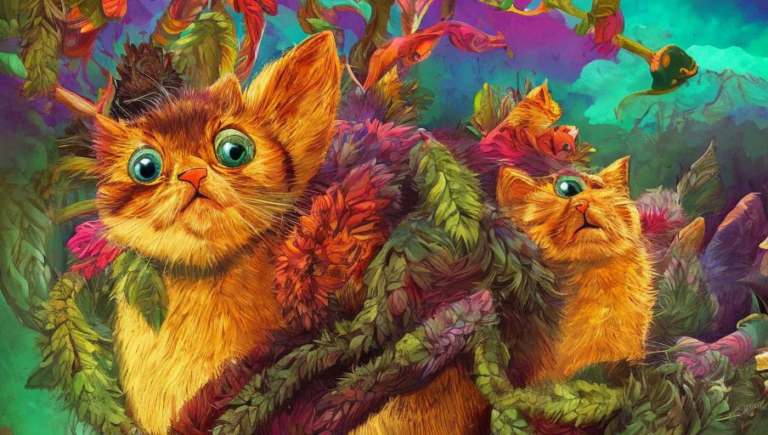Law and Order: How Capybaras Regulate Their Social Groups

The Social Life of Capybaras
Capybaras are social animals that live in groups called ‘herds.’ Herds are typically made up of two to twenty individual capybaras and can include both males and females. Capybaras are very social animals and can often be found cuddling and grooming each other, playing together, and even sharing food. They communicate with each other through grunts, barks, and chirps.
Leadership Roles
Within the herd, there are usually two dominant capybaras, one male and one female. These two capybaras will act as the leaders of the herd, and the other capybaras will look to them for guidance. The dominant male and female are usually the oldest members of the herd, and they will occupy a central position and will try to keep the herd together. The other members of the herd will look to the dominant pair for guidance in order to remain cohesive and stay safe.
Regulating Behaviour
The dominant capybaras will also be responsible for regulating the behaviour of the other members of the herd. If a subordinate capybara begins to display aggressive behaviour, the dominant capybara may intervene by making loud vocalizations or even by pushing or biting the subordinate. This helps to maintain order within the herd and to ensure that all members of the herd are behaving in a way that is beneficial to the group.
Social Hierarchies
The capybara herd also has a social hierarchy, with the dominant pair at the top and the subordinate members of the herd at the bottom. This social hierarchy helps to maintain order within the herd and ensures that each member knows their place.
Conclusion
Capybaras are social animals that live in herds and regulate their behaviour through a social hierarchy. The dominant pair of the herd will act as the leaders and will be responsible for regulating the behaviour of the other members of the herd. This helps to maintain order and ensures that the herd remains cohesive.





